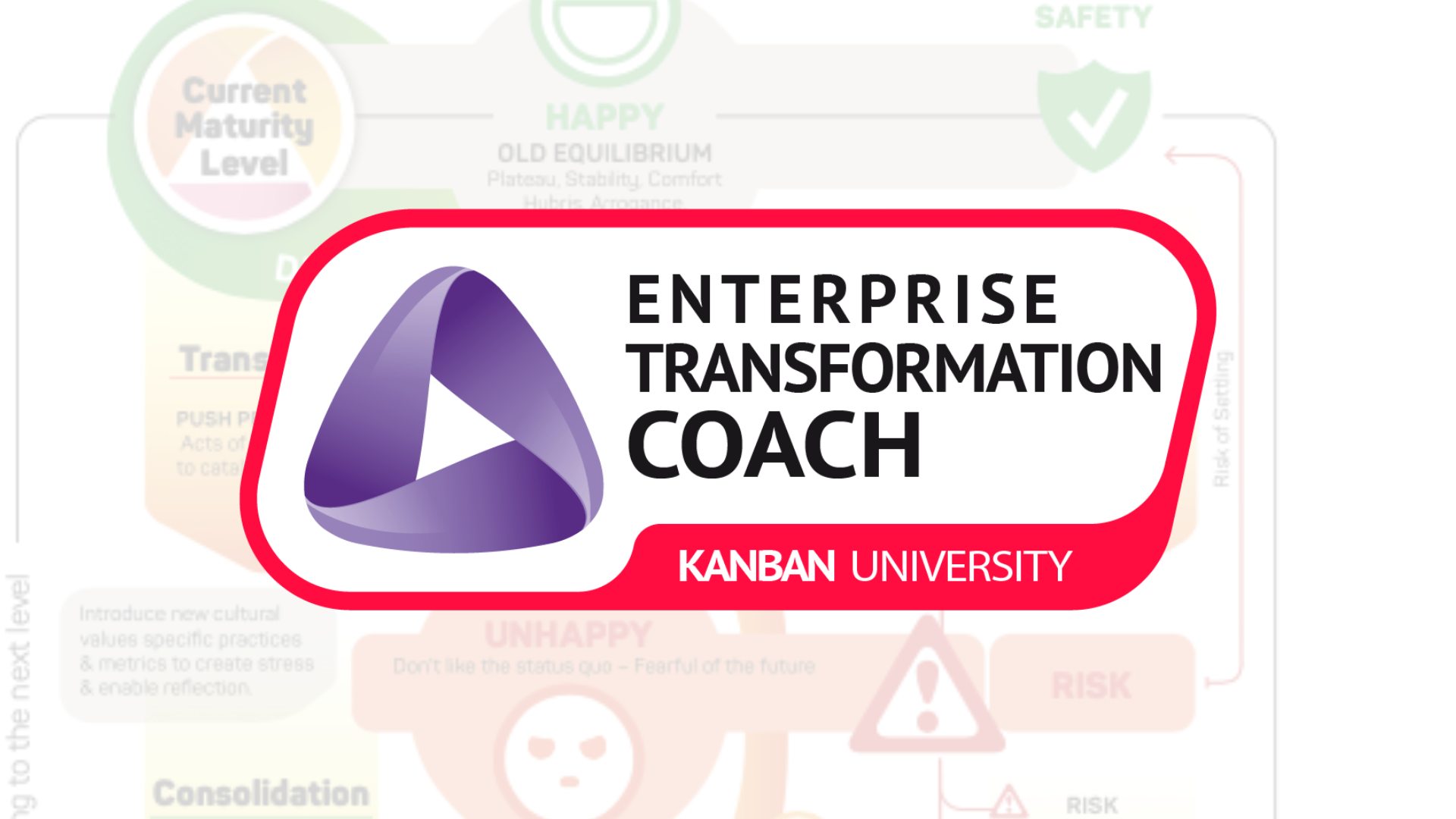Make the 4-Day Work Week Work: Part 1
Focus on “Why?”
The Post-Covid World: Create Alignment Through Shared Purpose!
We have all realized that the changes are inevitable. The coronavirus pandemic and all its implications heavily hit the way we work and run our businesses.
What some of us might have expected, what we can clearly see now, is that after 2 years of working from home or a hybrid style of working there are:
- Problems with physical and mental exhaustion
- Mental distance from the value of the individual’s work and effort
- Emotional and cognitive impairment
- Up to an almost 600% higher burnout risk
The tactical choice to try and maintain normal workplace interaction via technology connections could not be sustained.
The idea of helping people better manage their work-life balance by switching from a 40-hour/5-day work week to a 32-hour/4-day work week wasn’t anything new. It sparked in 2017 but emerged during the pandemic and seems it will stay with us for longer, changing the work environment and approach to knowledge work. As “4 Day Week Global” says, “COVID-19 made it clear we can find a better balance between work and life. 85% of U.S. adults already approve of moving to a 4-day week.”
Unsurprisingly, when asked, most people will choose to work fewer hours for the same pay. However, the tricky part is in the third element of the so-called “100-80-100 model”. Productivity should be maintained at the previous 100% level.
In a series of articles from spring 2020, David Anderson described how we can use Kanban concepts and work approaches early on in the pandemic. Two years later, we are revisiting these articles to share them again. This time, adjusting them to the new reality.
“Why Do We Collaborate”
In the beginning, we counted the days. As the days turned into weeks and weeks turned into months, we recognized that the world is changing forever. We recognized that we need to start thinking differently about work, organization, and leadership. We cannot try to blend the existing ways of leading and working with the new reality of a remote workforce. It is impossible.
We had to learn to view individual remote workers as service providers. Each person operates a well-defined service and responds and interacts through a well-defined service interface. This permits them autonomy and the freedom to disconnect for significant periods of time to work in isolation. As leaders, we must not seek to drive social cohesion and effective collaboration through a sense of team identity and peer pressure, rather we must up our game and create alignment through shared purpose. There needs to be a shift away from “who we are” as a group toward “why do we collaborate”.
Weakened Social Cohesion
When we look at organizations with lower maturity levels (Maturity Levels 1 and 2), what we can observe and experience is a strong sense of shared identity. It can take two forms:
- A group of individuals who sit together and feel an affinity and a shared identity, but work separately on similar tasks
- A true team of individuals who work collaboratively on a single task toward a shared goal. They share an identity and a purpose
The culture is tribal and focused on the identity of the team and status within the team. Trust exists within the team, but there is little comprehension of the world beyond the team and little cooperation with another team.
Closely cooperating team members may have very strong social cohesion. Social cohesion describes the strength of the affinity in a social group—how tightly knit they are. Think of social cohesion as the gravity of an organization. If the cohesion is high, the gravitational force is strong, and the group attracts new members.
In our new reality, even these fragile foundations were shaken. Employees might still be connected to one team through organizational structure or administrative requirements, but they started to work more individually. Still, a lot of organizations fail to recognize this fact and prefer to keep pretending as if nothing changed.
Pragmatically, we need to accept the weakened social cohesion and the reduced levels of social capital that will come from the changes in our work habits.
We need to realize that new employees will not have the opportunity to bond with fellow team members in the traditional manner. ex. around the water cooler and coffee machine in the office recreation space The new world of work consists of a loosely affiliated group of individuals sitting at home juggling their work with children, pets, and domestic chores. As leaders, we must give meaning to their work lives through a shared sense of purpose and an understanding of how they individually contribute to the greater whole.
Focus on Service
Customer-facing requests need to be accepted by someone responsible and accountable for taking the customer’s order and ensuring it is fulfilled. Traditionally, we might have called these people project managers, producers, or account managers. Generically, we might now call them (customer) service delivery managers (SDMs). These SDMs become the conductors who orchestrate work over a network of interdependent service providers internal to the firm to achieve a shared purpose; to complete the customer’s order and deliver it to them.
Everyone is a service!
Everyone is a service and every service needs a cleanly defined service interface:
- What is being requested? The work product? The item to be delivered?
- What are the expectations for that product in terms of delivery time, predictability, timeliness, quality, regulatory compliance, convenience, (re)configurability, and price?
- How might it vary against different threshold levels of the other attributes?
Behind these expectations, there will be a customer purpose and a set of risks that they must manage. Without a doubt, they wish us to be a trustworthy vendor. They want to take delivery of the item they requested and have their expectations of it met in full.
Effective leadership in this new world of work will create alignment through shared purpose.
Focus on “Why”
Alignment must come from a focus on “why”. We must move away from leadership by identity and team membership. How?
- We must organize our business as a network of services.
- Each remote worker must offer a well-defined service interface.
- Managers must become the conductors who orchestrate work across an interdependent network of services to compose together meaningful work products and acceptable customer deliverables.
- As leaders in this new world, we must lead with purpose and communicate context. Alignment must come from a focus on “why”.
- We must move away from leadership by identity and team membership.
- Peer pressure, and a deep human desire to belong and to have status, recognition through membership of social group expectations, must be replaced by shared purpose and dignity from delivering a job well done, a part of a greater whole that met the needs and expectations of the customer.
Do not try to bend the old ways of leading and working toward the new reality. In this new world of distributed 4-days remote working, it matters more, “why” we are involved, than the “who” we are part of.
Learn More
Learn more about developing leaders who are capable of change with our Kanban Leadership Professional courses. Want to learn more about becoming a “service of one” and connecting your service to a network of services? Check out our Individual Kanban for the Enterprise course.





